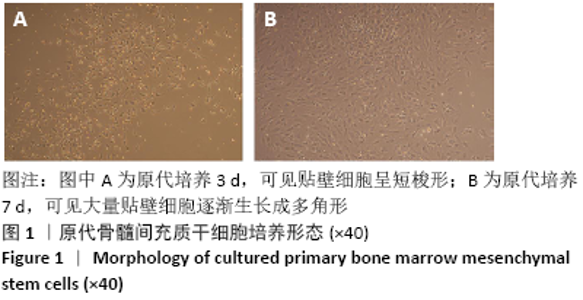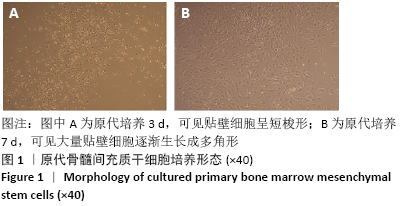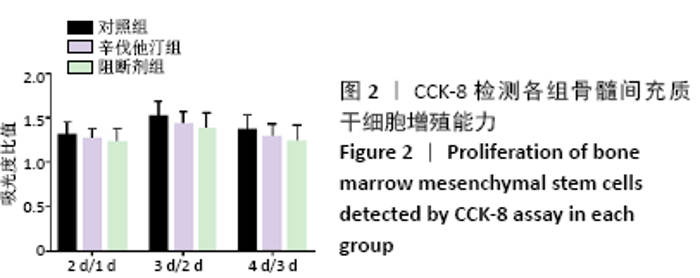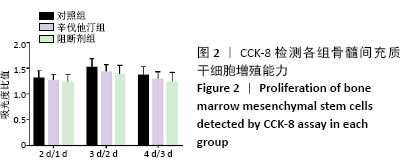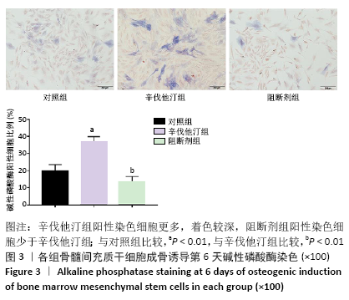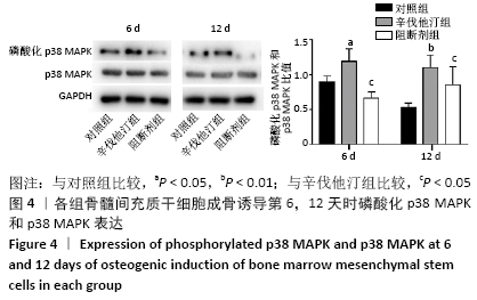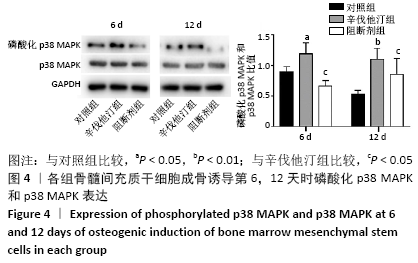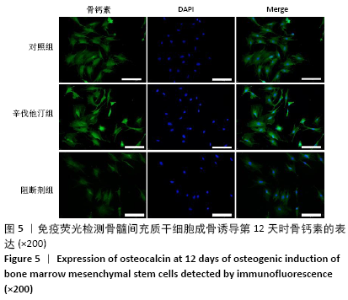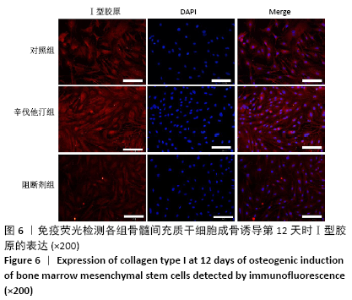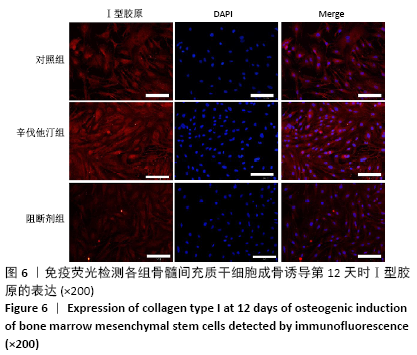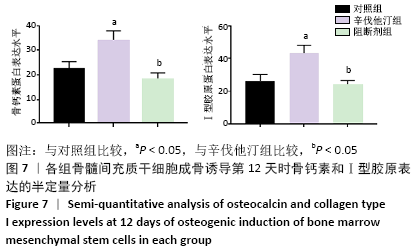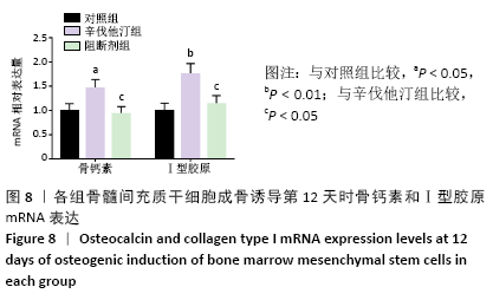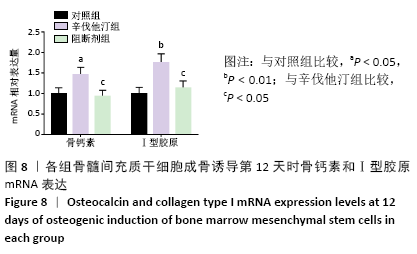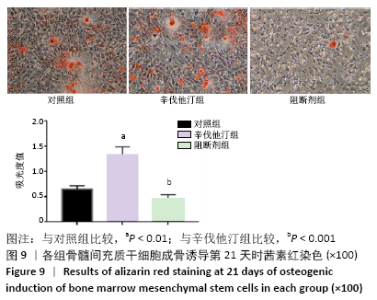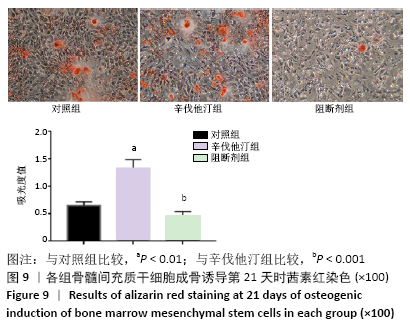[1] HAGHIGHI F, DAHLMANN J, NAKHAEI-RAD S, et al. bFGF-mediated pluripotency maintenance in human induced pluripotent stem cells is associated with NRAS-MAPK signaling. Cell Commun Signal. 2018;16(1):96.
[2] MA Z, YU R, ZHAO J, et al. Constant hypoxia inhibits osteoclast differentiation and bone resorption by regulating phosphorylation of JNK and IκBα. Inflamm Res. 2019;68(2):157-166.
[3] CONG Q, JIA H, BISWAS S, et al. p38α MAPK Regulates Lineage Commitment and OPG Synthesis of Bone Marrow Stromal Cells to Prevent Bone Loss under Physiological and Pathological Conditions. Stem Cell Reports. 2016;6(4):566-578.
[4] 张兴,谢华,刘俊,等.辛伐他汀对合并高胆固醇血症的股骨颈骨折患者全髋关节置换术后骨密度的影响[J].江苏医药杂志, 2019, 45(2):142-144.
[5] KALEAĞASIOĞLU F, OLCAY E, ONUR R. Statins as potential agents for the prevention and treatment of osteoporosis. Endocrine. 2018;62(1):269.
[6] ZHANG M, BIAN YQ, TAO HM, et al. Simvastatin induces osteogenic differentiation of MSCs via Wnt/β-catenin pathway to promote fracture healing. Eur Rev Med Pharmacol Sci. 2018;22(9):2896-2905.
[7] CAPLAN AI, BRUDER SP. Mesenchymal stem cells: building blocks for molecular medicine in the 21st century. Trends Mol Med. 2001;7(6): 259-264.
[8] LIU H, XIA X, LI B. Mesenchymal stem cell aging: Mechanisms and influences on skeletal and non-skeletal tissues. Exp Biol Med (Maywood). 2015;240(8):1099-1106.
[9] MOSHIRI A, SHARIFI AM, ORYAN A. Role of Simvastatin on fracture healing and osteoporosis: a systematic review on in vivo investigations. Clin Exp Pharmacol Physiol. 2016;43(7):659-684.
[10] NIU J, DING G, ZHANG L. Effects of simvastatin on the osteogenic differentiation and immunomodulation of bone marrow mesenchymal stem cells. Mol Med Rep. 2015;12(6):8237-8240.
[11] 刘昊,张岩,刘家寅,等.辛伐他汀对骨髓基质干细胞特异性成骨分化基因表达的影响[J].中国组织工程究,2016,20(19):2777-2782.
[12] 邢磊,高静媛,汪晓旭,等.辛伐他汀刺激骨髓间充质干细胞成骨分化[J].中国组织工程研究,2019,23(25):3961-3966.
[13] CONG Q, JIA H, LI P, et al. p38α MAPK regulates proliferation and differentiation of osteoclast progenitors and bone remodeling in an aging-dependent manner. Sci Rep. 2017;7:45964.
[14] MAJIDINIA M, SADEGHPOUR A, YOUSEFI B. The roles of signaling pathways in bone repair and regeneration. J Cell Physiol. 2018;233(4): 2937-2948.
[15] GREENBLATT MB, SHIM JH, GLIMCHER LH. Mitogen-activated protein kinase pathways in osteoblasts. Annu Rev Cell Dev Biol. 2013;29:63-79.
[16] THOUVEREY C, CAVERZASIO J. Focus on the p38 MAPK signaling pathway in bone development and maintenance. Bonekey Rep. 2015;4: 711.
[17] GREENBLATT MB, SHIM JH, ZOU W, et al. The p38 MAPK pathway is essential for skeletogenesis and bone homeostasis in mice. J Clin Invest. 2010;120(7):2457-2473.
[18] TU J, LI W, ZHANG Y, et al. Simvastatin Inhibits IL-1β-Induced Apoptosis and Extracellular Matrix Degradation by Suppressing the NF-kB and MAPK Pathways in Nucleus Pulposus Cells. Inflammation. 2017;40(3):725-734.
[19] XIE F, LIU J, LI C, et al. Simvastatin blocks TGF-β1-induced epithelial-mesenchymal transition in human prostate cancer cells. Oncol Lett. 2016;11(5):3377-3383.
[20] YAMASHITA M, OTSUKA F, MUKAI T, et al. Simvastatin inhibits osteoclast differentiation induced by bone morphogenetic protein-2 and RANKL through regulating MAPK, AKT and Src signaling. Regul Pept. 2010; 162(1-3):99-108.
[21] CHI B, FAN X, LI Z, et al. Identification of Gli1-interacting proteins during simvastatin-stimulated osteogenic differentiation of bone marrow mesenchymal stem cells. J Cell Biochem. 2019;120(11):18979-18994.
|
